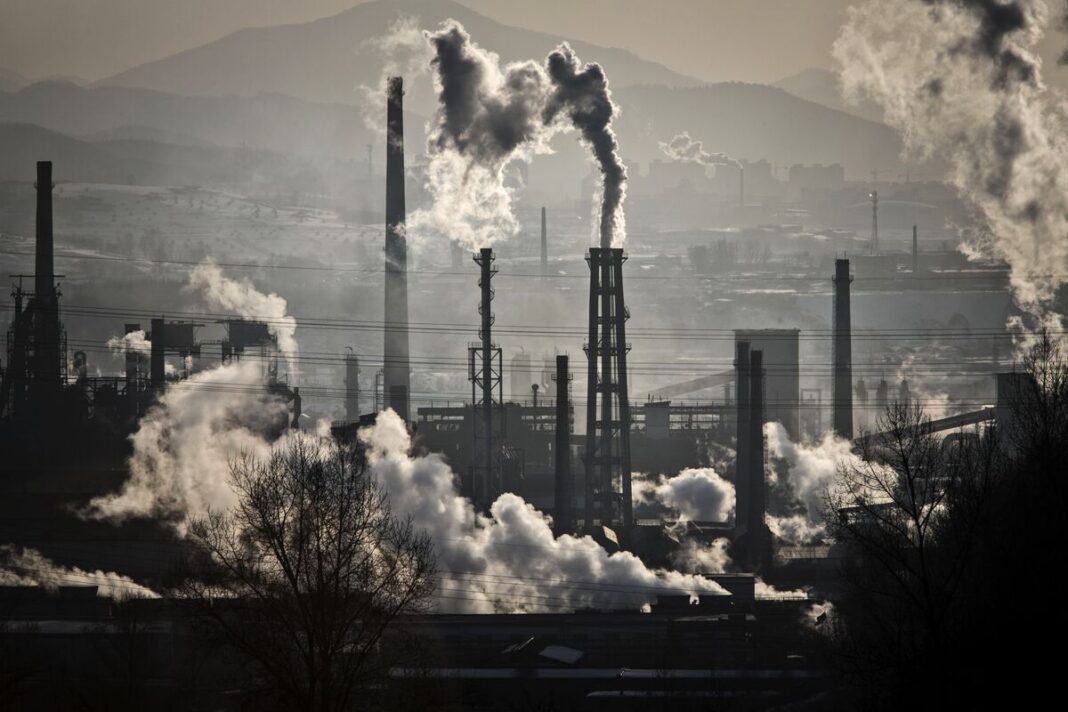Beijing’s Increasing Influence in the Iron Ore Market: A Closer Look
The Current Landscape of the Iron Ore Market
Iron ore is the backbone of the global steel industry, serving as a critical raw material for construction and manufacturing. The market has been dominated for years by key players, including giants in Australia and Brazil. However, recent developments suggest that Beijing, with its massive demand and strategic initiatives, is positioning itself as a formidable player in this crucial sector. As China’s economy continues to grow, its influence over iron ore prices and trade is becoming increasingly pronounced.
China’s Growing Demand for Iron Ore
China’s insatiable appetite for iron ore is well-documented. The country consumes over half of the world’s iron ore, primarily driven by its massive infrastructure projects and industrial growth. From skyscrapers to bridges, steel plays an essential role in China’s development narrative. This burgeoning demand has made China a pivotal actor in the iron ore market, and any fluctuations in its requirements significantly impact global prices.
Shifts in Supply Chains
Compounding the evolving dynamics is the fact that traditional suppliers, particularly Australia and Brazil, are facing various challenges. Natural disasters, geopolitical tensions, and even labor strikes can disrupt supply chains, creating opportunities for Beijing to renegotiate terms that benefit its interests. Additionally, China is increasingly looking into alternative sources for iron ore, including regions with untapped resources. This strategic diversification not only mitigates risks but also allows Beijing to exert more influence over pricing and availability.
Domestic Production vs. Import Dependence
While China relies heavily on imported iron ore, Beijing has made moves to bolster its domestic production capabilities. Investment in mining infrastructure and technology has been ramped up, aiming to reduce dependency on foreign sources. However, the geological challenges, environmental concerns, and the scale of production needed pose significant hurdles. In the short term, while domestic capabilities grow, the reliance on imports will continue, strategically allowing Beijing to dictate terms in the market.
The Role of Trade Policies
Beijing’s trade policies have also played a crucial role in shaping the iron ore landscape. Tariffs, import quotas, and regulatory measures can influence not only the flow of imports but also domestic production incentives. Recently, there has been a push for policies that provide support to local mining operations while applying pressure on foreign suppliers to lower costs. This dual approach allows China to maintain a competitive edge while securing a substantial share of the market.
Geopolitical Tensions and Market Manipulation
As Beijing extends its influence, geopolitical tensions loom large. China’s relationships with key iron ore suppliers can dramatically affect pricing and availability. For instance, tensions with Australia over various political issues have occasionally strained iron ore trade, prompting Beijing to seek alternatives. The resulting fluctuations in supply often lead to market manipulation, with prices rising and falling based on perceived stability or challenges in trading relationships.
Environmental Considerations and Sustainability
Environmental concerns are increasingly shaping the iron ore market landscape. China’s commitment to reducing carbon emissions has sparked a greater focus on sustainable mining practices. This shift may influence how iron ore is extracted and processed, with a potential impact on global supply chains. In efforts to be a global leader in green initiatives, Beijing is encouraging investments in cleaner technologies, thereby positioning itself favorably in a world that is progressively valuing sustainability.
The Future of Iron Ore Pricing
As Beijing escalates its involvement in the iron ore market, questions arise about its future pricing dynamics. Given the potential for supply disruptions and shifting geopolitical landscapes, prices could remain volatile. Moreover, as international markets adjust to Beijing’s policies and actions, the price of iron ore may experience unprecedented fluctuations. This evolving scenario raises critical questions about who will ultimately control the levers of pricing in this essential commodity.
Conclusion
The iron ore market is at a crossroads, driven by Beijing’s burgeoning influence. As the global economy grapples with shifting demand, evolving supply chains, and environmental considerations, it’s clear that Beijing’s strategies will play a formative role in shaping the future of iron ore trade. Such transformations demand attention from industry stakeholders, as they navigate the complexities within this critical sector.



